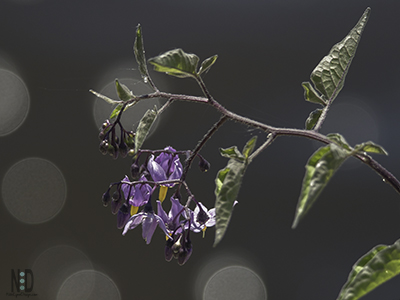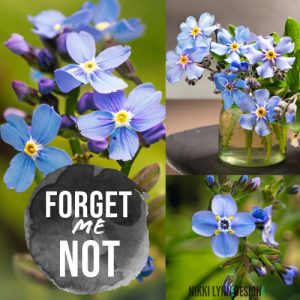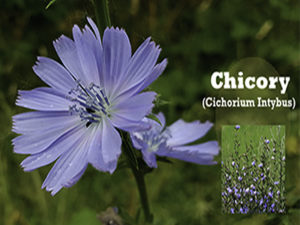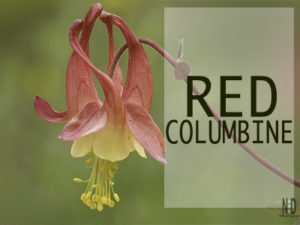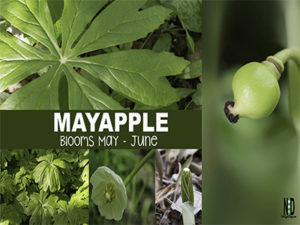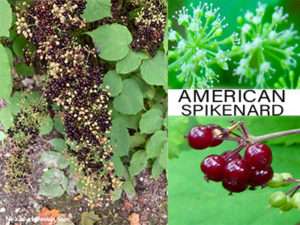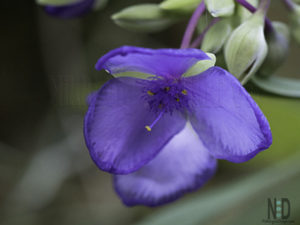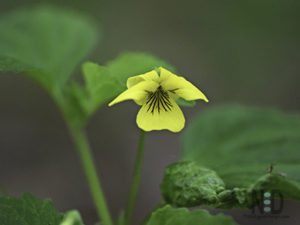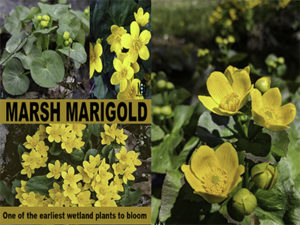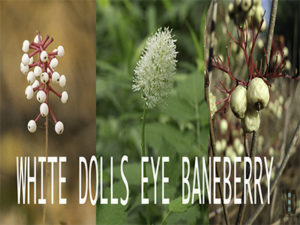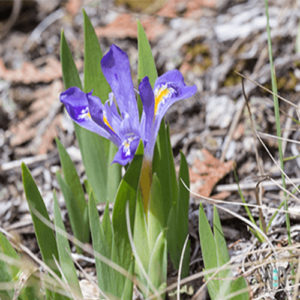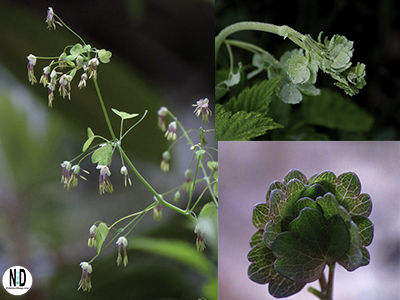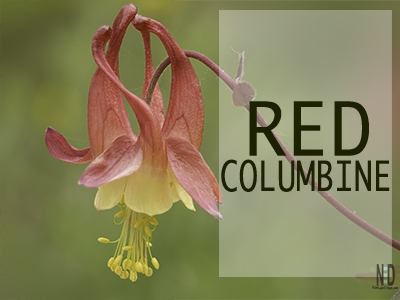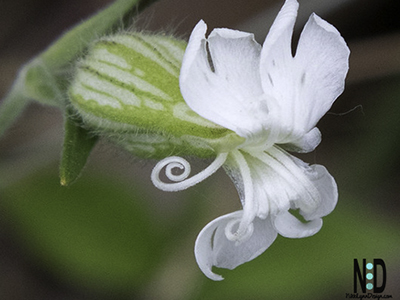Bittersweet Nightshade Wildflower – Known as Bittersweet Nightshade, this dainty flower is easily identified by its five dark to mid-purple flowers with a pointed yellow center, and sits on a weak vine.
Bittersweet Nightshade Wildflower
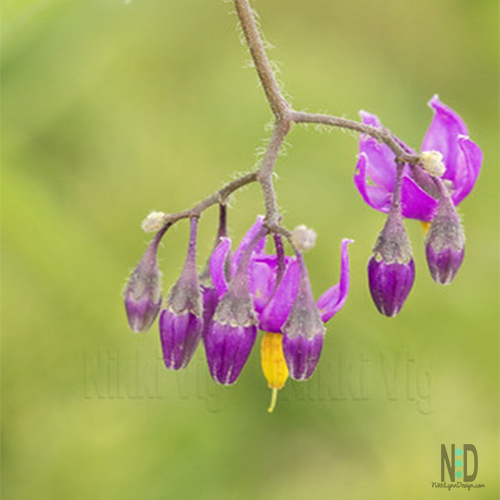
The plant is a vine that likes to climb over and around all plants and trees that surround it.
Another common name for this wildflower is Deadly Nightshade, as it is toxic. While not always fatal, it can harm young children if the berries are eaten in any quantity.
General Information
| Genus: | SSolanum dulcamara |
| Family: | Poppy |
| Life Cycle: | Perennial |
| Origin: | Introduced to the U.S. |
| Habitat: | woodlands, gardens, hedges marshes. |
| Bloom Season: | May, June, July, August, September |
| Plant Height: | Spreading vine Average 1 meter (39 inches) Highest- 4 meters (157 inches) |
| Other Names: | Bittersweet nightshade, Climbing nightshade, Poisonberry, Snakeberry, Trailing bittersweet, Trailing nightshade, Violet bloom, Woody nightshade. |
Parts of the Plant
The leaves are large, oval, and glossy, and the bell-shaped flowers are pale violet, as large as those of the great Campanula, and are enclosed for half their length by the sepals of the calyx. The berry is green when unripe, and purplish-black when ripe. When many large plants are growing together, in full flower and fruit, they present a beautiful appearance,
Parts of the plant are used in medicine, especially for the relief of pain, either as internal medicine or as an external application, generally combined with heat. It is also used in ophthalmic surgery and has the peculiar property of dilating the pupil of the eye.
Sharing Is Caring. Pin Me
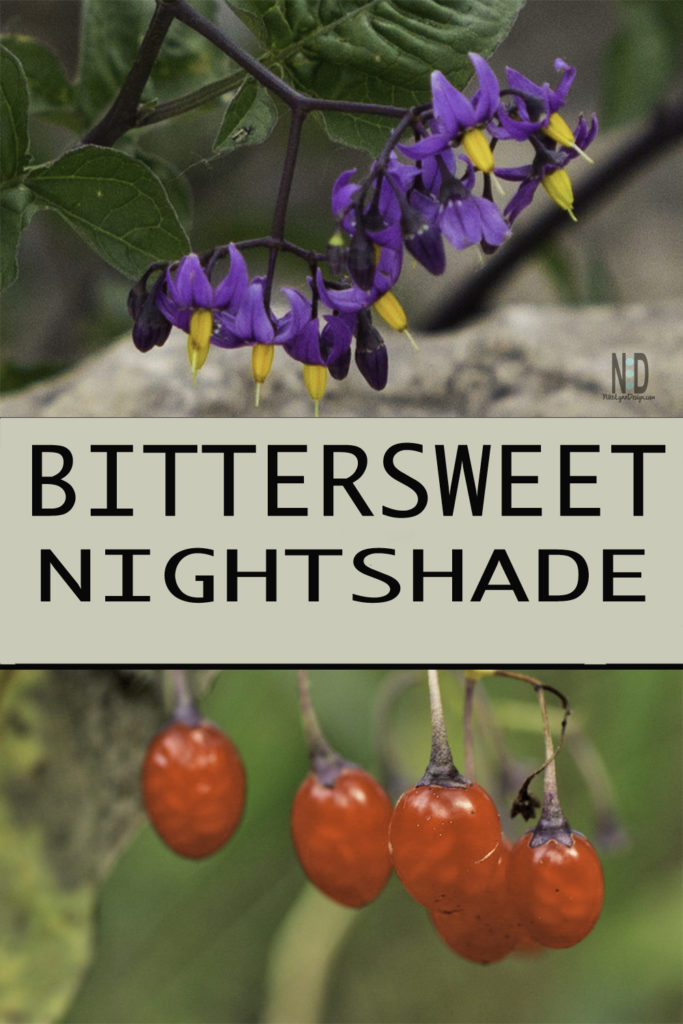
Bittersweet Nightshade
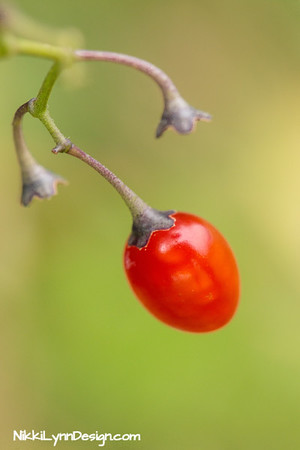
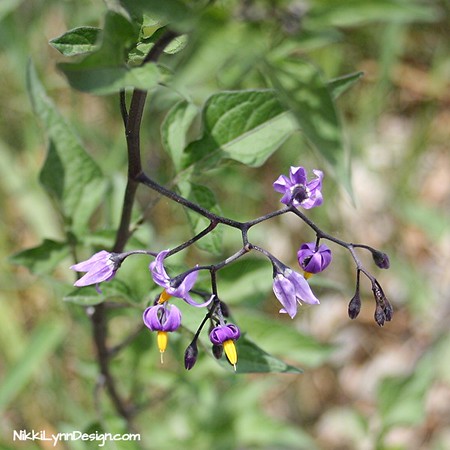
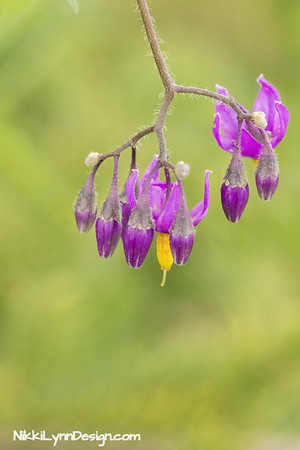
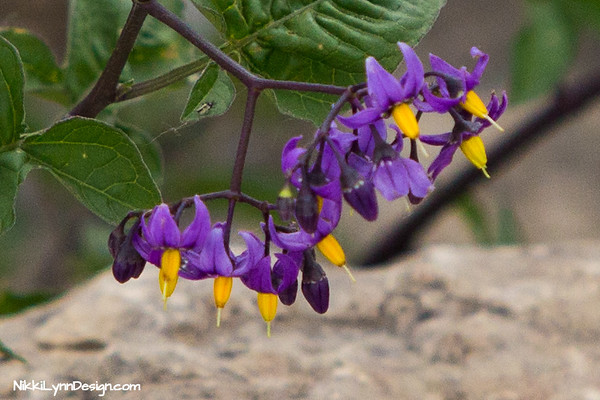
Wildflowers & Woodland Plants
March, April, May, June,
July, August, September
Additional Posts
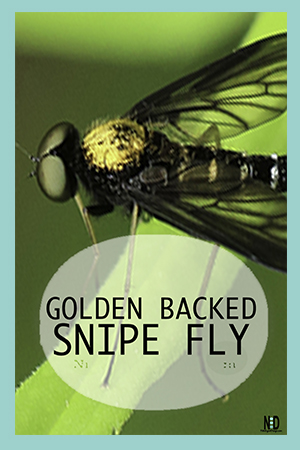
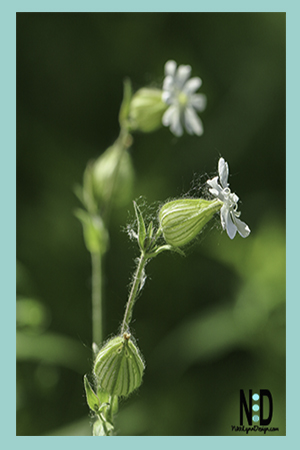
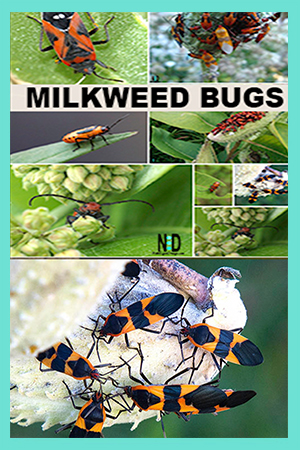
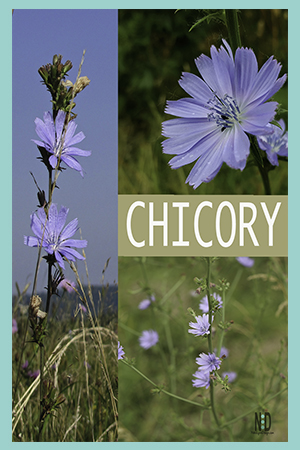

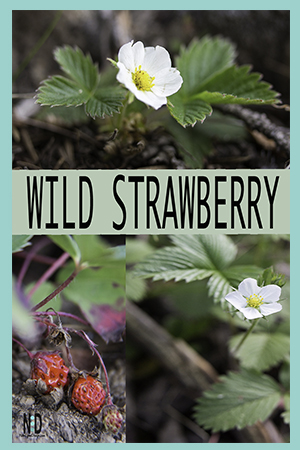

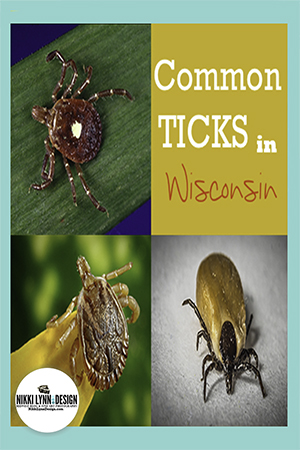




AFFILIATE POLICY: Posts on this site may contain links to outside vendors that pay me a commission when you purchase from them, at no additional cost to you. Thank you for supporting this site!
